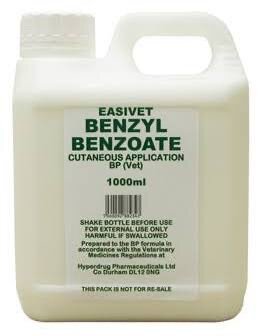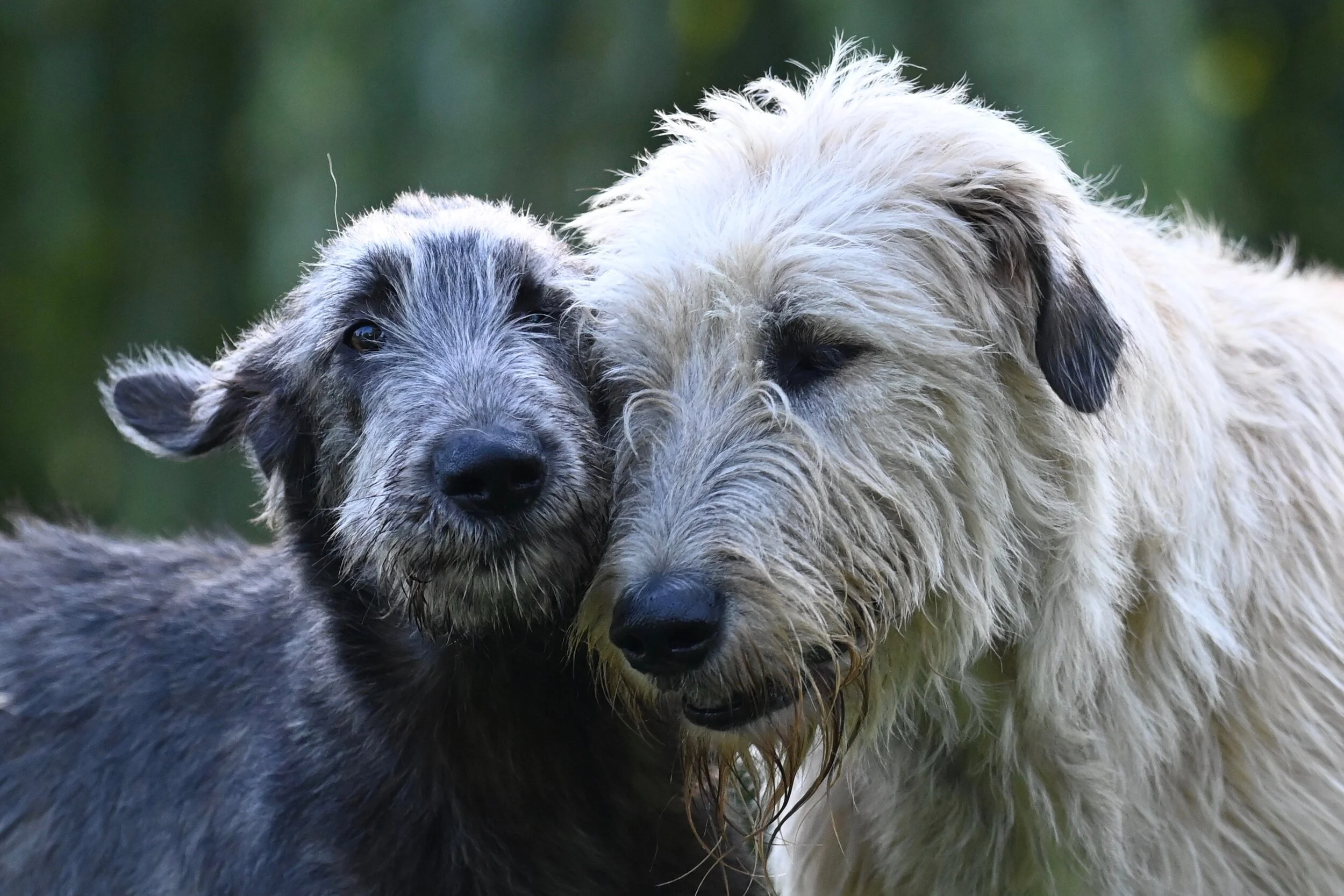The modalities and techniques used are similar to those used for patients with intervertebral disk disease. Rehabilitation techniques vary depending on the location of the lesion and the degree of damage to the spinal cord, depending on the the severity of the condition, the patient may have increased muscle tone and spasticity, or decreased muscle tone and flaccidity. In general, you are looking for a passive range of motion for affected joints. Aquatic therapy and assisted ambulation are early modalities that may be used. Continued assisted sling walking, deep water aquatic therapy, and gait and strength training is performed as the patient improves.
Nonambulatory patients require increased nursing care, including appropriate bladder care, assistance with ade- quate nutrition and fluid intake, and appropriate monitor- ing to ensure cleanliness and comfort. Patients should be repositioned every 4 to 6 hours to prevent sores. A positioning protocol should be initiated immediately. If increased tone to the limb(s) is present, at-risk muscles are placed in elongated positions, Passive range of motion to joints and muscles at risk of developing contracture and adaptive shortening is performed regularly, typically three to six times daily. Passive range of motion or active assisted range of motion and stretching using the body weight and movement of the body in closed-chain activities can be effective. Slow rhythmic bouncing on a therapy ball assists in decreasing hypertonia and allowing for more effective muscle stretch and more normal movement patterns,
If the patient is unable to sit or stand independently, assistance to these positions, with proper joint alignment, should be promptly initiated. Placing the patient over a small therapy ball with the feet still in contact with the floor assists in maintaining a standing position. It is important to provide weight bearing on the affected limbs while maintaining a standing position; weight shifting in functional planes of movement also may be initiated in this position. If working only with the pelvic limbs, the torso and front limbs may be placed on the ball while the pelvic limbs are worked in a weight-bearing position.
Firm, deep pressure through manual contact activates the tactile receptors, neuromuscular proprioceptive path- ways, and sensory awareness. Proper hand placement pro- vides security and support to unstable body segments and may stimulate contraction of the muscles under the hands.
Therapeutic Exercises - Aims, Goals and Exercises:
Phase 1: Initial Weight Support Goals: Appreciable limb tone Weight-bearing in standing with minimal support Minimise limb muscle atrophy Independent urination and defecation
Expected Timeframe Immediate to three to seven days post-injury
Rehabilitation Program
- Therapeutic Exercises
- Assisted standing with support as needed on a stable, high-traction surface (beginning 24 hours post-injury)
- Carry out bicycling movements all joints of pelvic limbs(10-15 reps )
- Aquatic therapy: Underwater Treadmill
- Standing, 3-5 min with personnel assistance in the water as needed
- Flex or reflex exercises for affected limbs (10-15 mins)
- Gentle massage of limb musculature as tolerated
- Bladder expression
- Use of soft bedding with rotation every 4-6 hours to prevent ulcers
Outcome, Assessment, Measures
- Subjective comfort level
- Pelvic (and thoracic, if affected) limb muscle tone
- Thigh circumference
- Degree of support required in standing
Criteria for Movement to Next Phase
- Standing in weight-bearing with minimal support.
- Initial voluntary stepping movement when attempting to walk.
After One to two weeks
- Assisted Standing and weight-shifting/
- Response to Limb activity and voluntary
- Motor post-injury rhythmic stabilisation,
- gradually shifting/rhythmic stabilisation,
- Function decreasing support (e.g. physioball gradually decreasing support effort level
- Unsupported
Goals:
- Length of time standing
- Pain-free activity with bicycling movements all abdomen,
- standing on with full weight,
- joints of pelvic limbs non-slick surface in the unsupported bearing in (10-15 reps )
- bathtub standing.
- Aquatic therapy: Supported swimming with bicycling. Number of
- Minimise limb 2-5 minutes working up to 10 minutes movements all joints of pelvic steps in which muscle with supported standing during breaks limbs.
- Encouraging stepping muscle mass supported turning exercises during standing with
- Flexor reflex exercises for walk positive reinforcement held at various affected limbs (10-15 reps)
- Self-rotation locations (concentrate efforts on the weaker side), encouraging stepping movements towards a reward
- Slow leash walking with sling support
- 5 minutes of encouraging stepping
- Gentle massage of the affected limb
- Gentle massage of hindlimb
- Bladder expression
- Use of soft bedding with rotation every 4-6 hours if not self-rotating
Expected Phase Initial Motor Function to Good Moto Function
Goals:
- Improve awareness of the position of the body during walking activity
- Increase affected limb muscle mass.
- Maintenance of balance during turns and on a moderately unstable surface
Two to four weeks post-injury Rehabilitation Program Therapeutic Exercises
- Assisted Standing and weight-shifting on
- a bi-directional balance board
- bicycling movements in all joints of pelvic limbs
- (10-15 reps)
- Aquatic therapy: Swimming 10-15 minutes with supported standing during breaks.
- Gait patterning on a ground treadmill, 5-10 minutes
- Turning exercises during standing with
- Positive reinforcement held at various locations (concentrate efforts on the weaker side)
- Turning exercises during walking: circles and figure eights 5-10 reps
- Low Cavaletti (horse poles)rails 5-10 reps
- Sit-to-stand exercises 5-10 reps with hindquarters on an elevated surface or with sling support
Caution: Choose only 2-4 exercises per session. Other exercises may be performed as part of a home exercise program. Doing all exercises may result in over-exertion and pain early in the program.
**Hindlimb musculature for contraction 15 min
Therapeutic Exercises**
- Assisted Standing and weight-shifting on a moderately unstable surface
- Slow leash walking with a sling or without sling available 5-10 minutes
- Turning exercises during standing with positive reinforcement held at various locations (concentrate efforts on the weaker side)
- Turning exercises during walking: circles and figure eights 5-10 reps
- Walking across an unstable surface such as a mattress 5-10 reps
- Walking over 5-8 evenly spaced low obstacles 5-10 reps
Caution: Choose only 2-4 exercises per session. Doing all exercises may result in over-exertion and pain early in the program.
Outcome, Assessment, Measures
- Response to activity and subjective pain level
- Length of time with unsupported standing
- Length of time walking in aquatic therapy and on dry land
- Frequency of steps in which appropriate proprioception (awareness of body position) is used
- Height of Cavaletti rails navigated
- Thigh circumference
- Muscle mass
Criteria for Movement to Next Phase
- Consistent strong limb movements at a walk
- Minimal over-exertion with moderate activities
Four to six weeks post-injury
Good motor function with proprioceptive deficits to near normal gait
Goals:
- Consistent proprioception with moderate-to-high- intensity activity
- Affected limb muscle mass approaching normal
- Maintain balance during turns and negotiate obstacles while walking
- Consistent gait patterning in early trotting
Therapeutic Exercises
- Assisted Standing and weight-shifting on a 360-degree balance board
- Aquatic therapy: Swimming 20-30 minutes with supported standing during breaks
- Aquatic therapy: Underwater Treadmill walking, 15-20 minutes
- Gait patterning on a ground treadmill, 5-10 minutes
- Turning exercises during walking: weave poles gradually decreasing in distance 5-10 reps
- Cavaletti rails 10 reps.
- Stair Climbing 1 working up to 5 flights (although I would not suggest this for a Wolfhound puppy, please).
- Sit-to-stand exercises, 5-10 reps
Caution: Choose only 2-4 exercises per session. Doing all exercises may result in lameness and pain early in the program
Therapeutic Exercises
- Assisted Standing and weight-shifting on an unstable surface
- Turning exercises during walking: weave poles gradually decreasing in distance 5-10 reps
- Sit-to-stand exercises, rising from an elevated surface 5-10 reps.
- Leash walking 10-15 min inclines/declines
- Trotting 2-3 minutes over even ground
- Walking across an unstable surface such as a mattress 10-15
- Walking over 5-8 evenly spaced low obstacles 10-15 reps
- Walking in circles - and change direction - doing the same amount of reps in either direction.
- Walking in a figure of eight (8)- and change direction - doing the same amount of reps in either direction.
Caution: Choose only 2-4 exercises per session. Doing all exercises may result in lameness and pain.
Response to activity and subjective pain level
- Length of time with unsupported standing
- Walking endurance
- Tightness of turns in which balance is maintained
- Frequency of steps in which appropriate proprioception is used
- Height of Cavaletti rails navigated
- Thigh, circumference/ muscle mass
- Consistent pelvic limb proprioception at a walk
- Minimal to no over-exertion or pain with extensive activities
- Normal gait patterning at a trot.
If the paw/s are not coming forward, i.e. dragging and foot placement is not firmly placed FCE Boot can help with anti-knuckling correction during exercise sessions: FCE BOOT https://www.ortocanis.com/en/dog-rehabilitation/proprioceptive-corrector.html?
*The information has been provided via a Veterinary Surgeon
The rehabilitation programme should continue until the Wolfhound has stopped growing, around 24 months. Meanwhile, treat as per the instructions in the do's and don't section.









